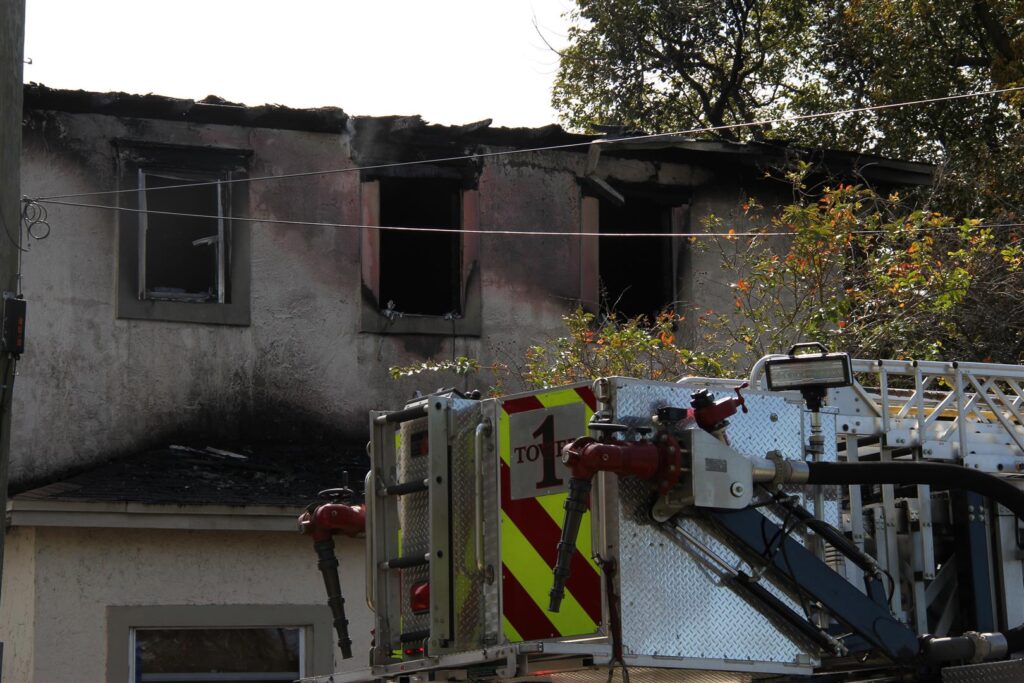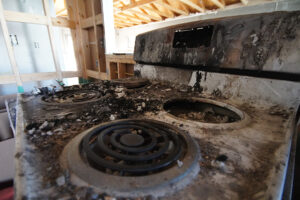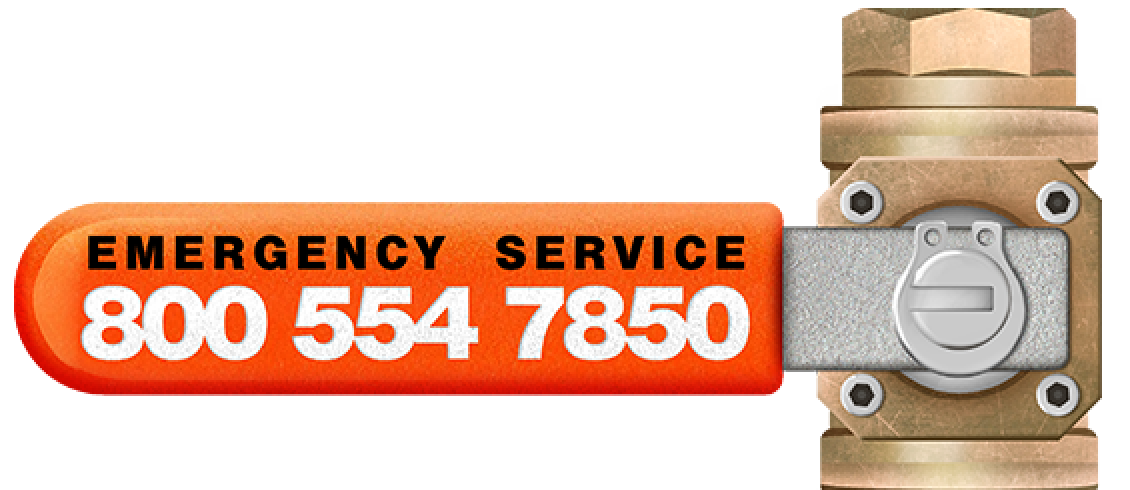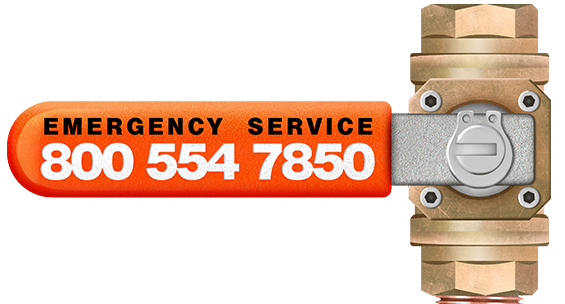
Cleaning up smoke and soot quickly is very important. Fires are devastating in how they burn and destroy your property, but once the fire is put out completely, that threat is gone and the damage is done. The byproducts of fire will cause lingering damage and potentially more damage than the fire itself. You might wonder how that could be, but it is true.
You might have a small electrical fire that burns up wires and melts plastic. It could be very contained and you might have to discard a $20 electrical appliance or electronic device, but what it leaves behind in smoke can cause odors that linger for days, weeks, and months; discoloration of certain materials (even after cleaning); corrosion of some wood and metals, and even cause respiratory and other health problems.
We All Know What Smoke Is, but Let’s Get More Particular
Fire is a chemical reaction – Combustion. Things don’t just combust, something has to ignite it. But once it has, the fuel, whatever is burning, releases gasses and leaves carbon behind. Some of that carbon is released into the air, along with other particles. There’s your smoke. The extent of the smoke damage can vary depending upon the type of fire that was burning.
The exact makeup of the smoke depends on the fuel. While some fuels will leave plenty of ash when the burn is complete, others will leave no ash, but release soot into the air to settle wherever the air currents take it. Both are problematic and both need to be cleaned up. And the kind of smoke you experience has an impact on the method used for cleanup.

Smoke and Soot Are Not Just Dirty, They’re Corrosive
Wood ashes, for example, are alkaline, but its soot is acidic. The acidic nature of the soot can start to corrode the metals to which it is exposed within a day or two. This is why it is so important to get started with cleanup as soon as possible.
The residue from the smoke could have an oily or wet characteristic, or it could be dry. The cleaning method employed will depend on which of these characteristics it is.
Wet Smoke and Dry Smoke
Wet smoke is what is produced by burning rubber or plastic. It has a distinct and unpleasant odor. The soot that it leaves behind has characteristics of being wet. It will smear the surface that it is on or be sticky.
Dry smoke is what you’ll get from paper and wood. It’s like a powder and can be wiped up easily, but it’s very fine. So it can find it’s way into cracks and crevices. Even though the smoky flavor of hickory or pecan may be pleasant in your foods, the dry smoke in your house, not treated properly will leave an odor that isn’t so nice.
Protein Fires

“Protein Fire” sounds like cooking. Well, it is. Fires, where there is a lot of protein being burned, create their own set of problems. The smoke from these fires is nearly invisible and the residue is so fine that it settles wherever the air currents in the room take it. It will coat walls and counters and they leave a lingering odor. Usually quite unpleasant.
These odors can linger for a long time and the residue can make your surfaces feel sticky. It can soak in and make cleanup even harder. When you put out your cooking fire or throw away your burned dinner, it seems everything is resolved, because the smoke is cleared. But the residue will settle and each subsequent fire will add to what settled the last time.
Construemax can help with the cleanup of your protein fire.
Fire Extinguisher Residue
Fire extinguisher residue isn’t smoke or soot, but it comes with the territory and brings its own dangers and cleanup requirements. Just as with smoke and soot, the type of chemical used will determine the appropriate method of cleanup. We are experts in fire cleanup and want to help.
Post-Fire Smoke and Soot Cleanup Strategy

Your cleanup team will need to inspect your home to develop an appropriate cleanup and restoration strategy. They will inspect your home to identify what kind of smoke damage you have and what method of cleanup is required. They are looking at everything left after the fire:
- Wet smoke residue
- Dry smoke residue
- Protein residue
- Fuel/oil soot
- Fingerprint power
- Fire extinguisher residue
- Additional water damage
Each of these requires a different cleaning technique. It is likely that you have a mixture of several of these. Our goal is to preserve as much salvageable property. Using the wrong technique can make things worse and that isn’t good for anyone.
We hope you never need our smoke and soot cleaning services. But if the unexpected happens, Relax. Trust Construemax.







